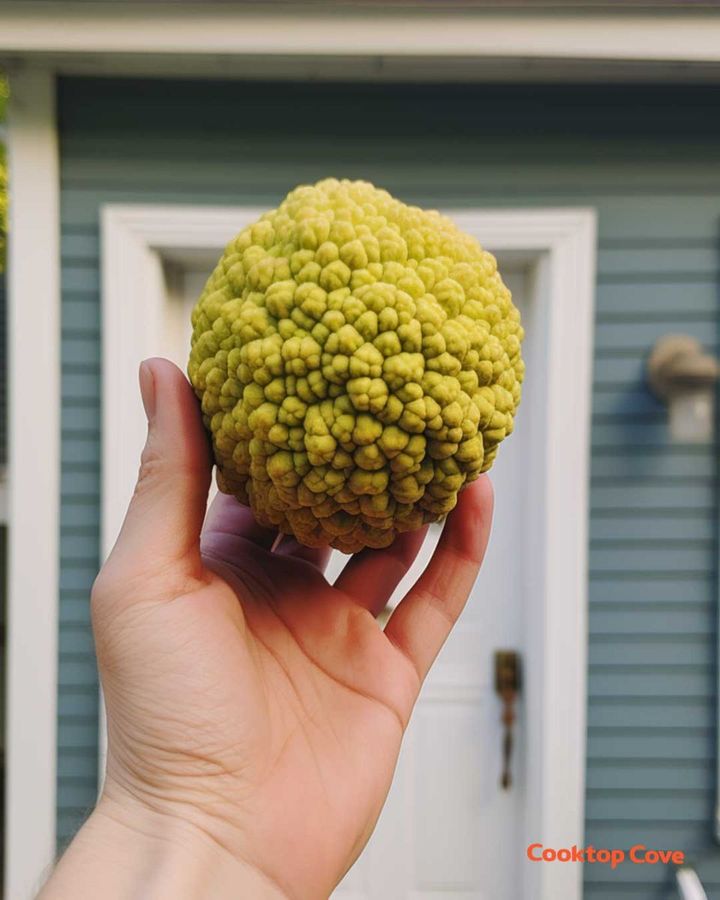One of the most well-known uses of hedge apples is their potential as a natural pest repellent. Traditionally, people have placed these fruits in basements, garages, and other areas prone to insect infestations. It is believed that compounds emitted by the hedge apples, including 1,4-dichlorobenzene, have a deterrent effect on spiders, ants, and other pests. However, it’s important to note that scientific evidence supporting this claim is limited, and the effectiveness of hedge apples as a pest repellent may vary.
Decorative Purposes:
Hedge apples find popularity in decorative arrangements, particularly during the fall season. Their unique appearance makes them a captivating addition to centerpieces, wreaths, and other seasonal décor. Crafters and decorators often incorporate them into creative projects to add a touch of nature’s eccentricity.
Folk Medicine and Traditional Remedies:
In some folk medicine practices, various parts of the Maclura pomifera tree, including the leaves, bark, and roots, have been used to treat various ailments. Traditional remedies have attributed properties such as anti-inflammatory and antiseptic effects to these parts of the tree. However, it’s essential to emphasize that these remedies lack scientific validation, and the safety and efficacy of such practices remain uncertain.
Crafting and DIY Projects:
Hedge apples can be sliced and dried for use in crafting and DIY projects. Creative individuals often incorporate dried slices into homemade ornaments, potpourri, and other decorative items. Their unique appearance and texture make them an intriguing choice for crafting enthusiasts.
Wildlife Attraction:
Hedge apples can also serve as wildlife attractants. Some animals, such as squirrels and deer, may consume the fruit when other food sources are scarce. If you have a passion for wildlife observation, placing hedge apples in your yard can provide opportunities to observe these creatures up close.

